Gaming sparked my interest in the Desert War—specifically, the old Avalon Hill board game, “Tobruk.” It was one of the best that wonderful old company produced: simple where it needed to be—the map board was blank; it was the desert after all!—and fascinatingly complex when it came to equipment and gameplay. I loved poring over the intricacies of tanks good and bad, such as the U.S.-built M3 “Stuart” and “Grant” tanks; the German Panzer IIIj; the British “Crusader”; and the intriguingly atrocious Italian M13/40. An old Revell model of the Grant (called the “Lee” in its American incarnation) sits atop a bookshelf in my office in The National WWII Museum—I built it when I was sixteen years old. It was fun to pit these vehicles against anti-tank weapons such as the British two and six-pounders and the fearsome German 88mm, and to see whether an infantry platoon could pick off an armored vehicle with a Boys anti-tank rifle (they hadn’t a chance).
-

War in the Desert. Courtesy of Amazon.com
-

The Desert Generals. Courtesy of Amazon.com
The game made me want to know more; and before long I was reading every book I could find on the subject. What teenager interested in military history didn’t have a set of the Time-Life World War II book series? – and so, of course, I began with Richard Collier’s The War in the Desert, an enjoyable illustrated summary published in 1977. Among the first books that I can remember devouring was British historian Corelli Barnett’s The Desert Generals. Published back in 1961, the book offers engaging portraits of the war’s leading generals, including not just German Afrika Korps commander Erwin Rommel and his British nemesis Bernard Law Montgomery, but also General Sir Richard O’Connor, who won a brilliant victory over the Italians in 1940 and might have continued against Rommel had he not been captured in a moment of sheer bad luck.
-

Moorehead The Desert War. Courtesy of Amazon.com
-

The Battle for North Africa. Courtesy of Amazon.com
-

The Foxes of the Desert. Courtesy of Amazon.com
Another old warhorse which I read in those days was British war correspondent Alan Moorehead’s The Desert War, 1940-1943. Although this work was originally published in 1944 while the war was still raging, Moorehead was a keen observer and fine writer, and his insights still ring true today. General John Strawson, who had served during the war as an officer in the 4th Hussars, wrote an enlightening account of the Desert Campaign from the strategic level in The Battle for North Africa, published in 1969. Paul Carrell’s The Foxes of the Desert, published in 1958, offers a sympathetic overview of the Afrika Korps’ exploits from the German perspective.
-

Brazen Chariots. Courtesy of Amazon.com
-

With Rommel in the Desert. Courtesy of Amazon.com
I have always enjoyed reading war memoirs, and so an obvious next stop was Robert Crisp’s Brazen Chariots published in 1961, and which I read in an old Bantam paperback edition. This, one of the finest memoirs published about any war, depicts the experiences of a British tank commander in a “Stuart” tank—a terrifying prospect indeed when one considers the British proclivity for sending these light reconnaissance vehicles in frontal assaults against German anti-tank “screens” bristling with 88s. This one should be read alongside the excellent German memoir from 1951, With Rommel in the Desert, written by the Desert Fox’s aide-de-camp Heinz Werner Schmidt, and which I also read in one of the nifty old Bantam paperback editions.
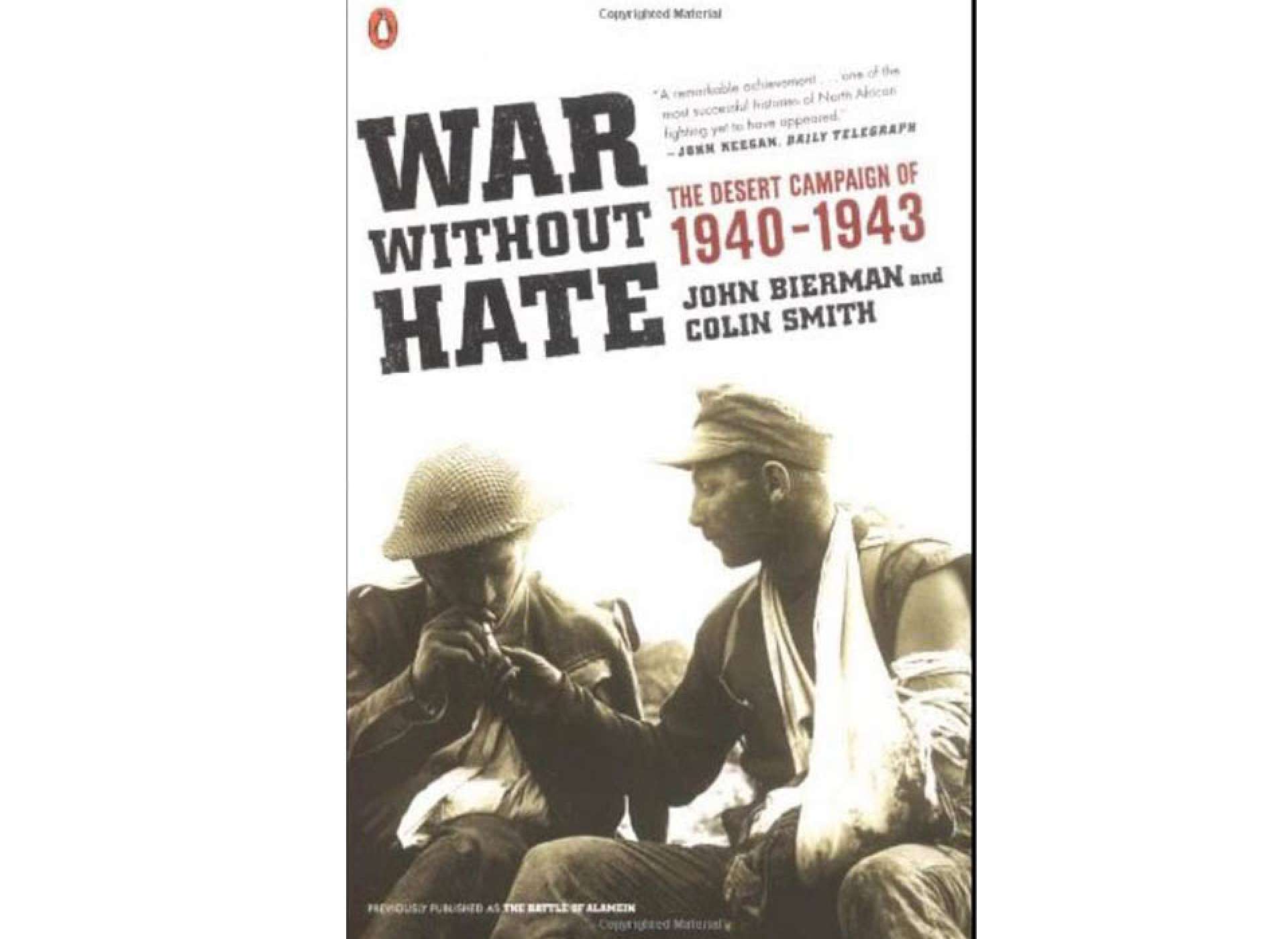
War without Hate. Courtesy of Amazon.com
Admittedly the books I’ve listed so far are all older titles. When and after I went to graduate school in the 1990s (studying modern British history), I changed my focus to World War I, reading hundreds of memoirs of that war and later writing a number of books on the same topic. But I never lost my interest in the North African campaign, and in recent years I’ve read a number of quality publications that I can recommend. One is War Without Hate: The Desert Campaign of 1940-43, published in 2004 by John Bierman and Colin Smith. As the title suggests, the book presents the Desert War as one of the few, if not the only, fronts in World War II that adhered in some ways to an older chivalric code of combat.
-

The Longest Siege. Courtesy of Amazon.com
-

Pendulum of War. Courtesy of Amazon.com
Robert Lyman’s 2009 book, The Longest Siege: Tobruk, the Battle that Saved North Africa, argues persuasively that the defense of Tobruk by Australian and British forces during the “long siege” of April-November 1941 may have been more important than the 1942 Battle(s) of El Alamein in saving Egypt from German conquest. British historian Niall Barr, author of the superb 2005 book Pendulum of War: The Three Battles of El Alamein, may disagree, however. I intend to ask his opinion this November, for I’m delighted to say that he will be joining us for this year’s International Conference on World War II!
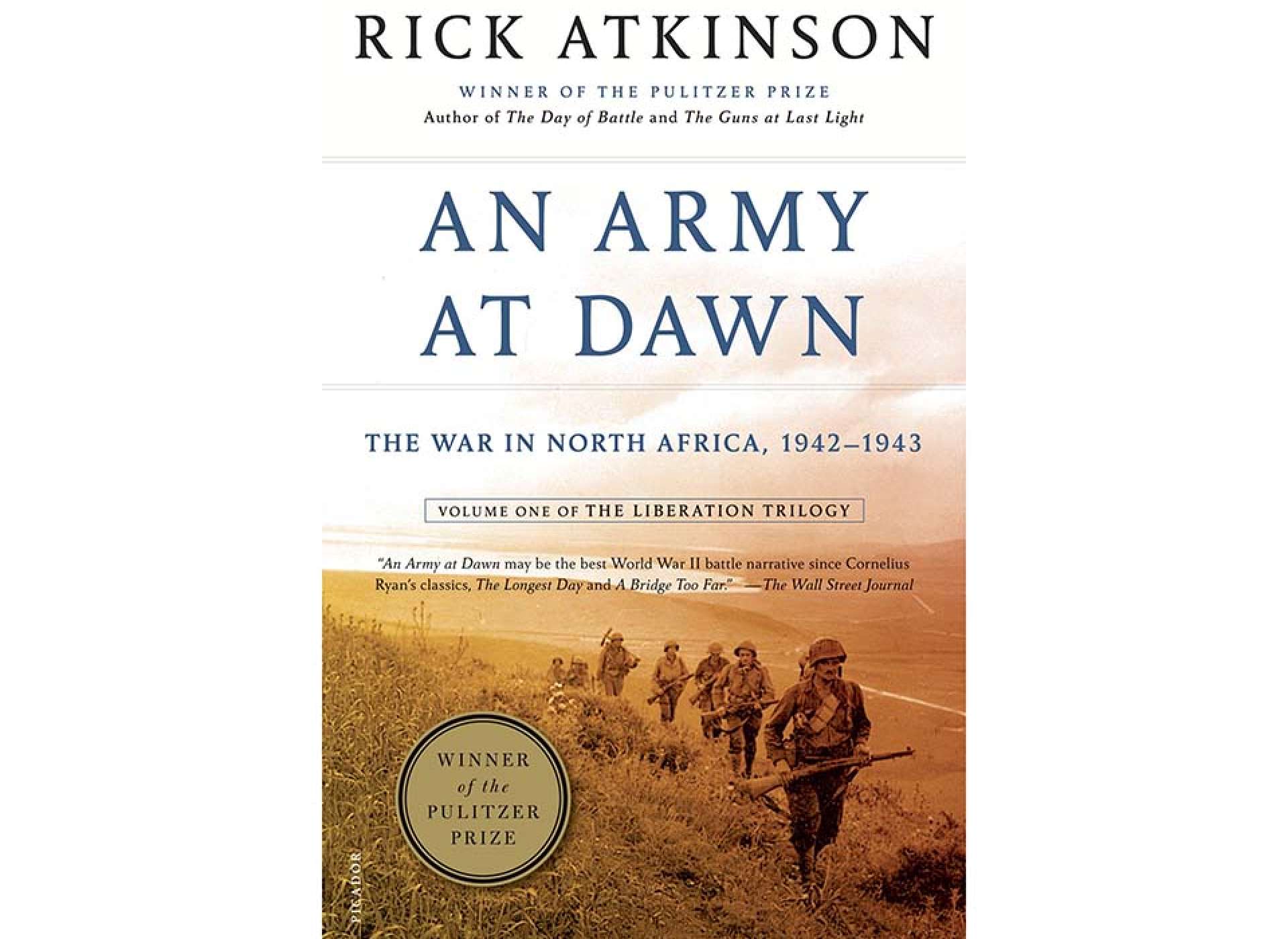
Courtesy of Amazon
Now, if you’ve begun to wonder, yes I do realize that the United States also participated in the North African campaign, following November 1942’s Operation Torch, and continuing until the surrender of Axis forces in Tunisia in 1943. On that subject, I really have only one book to recommend, but it’s a great one: the first volume in Rick Atkinson’s Liberation Trilogy: An Army at Dawn: The War in North Africa, 1942-1943, published in 2002. There’s a good reason Rick has won three Pulitzer Prizes: he’s a fine historian, indefatigable researcher, and gifted writer. No wonder we love him at The National WWII Museum!
-

Courtesy of Amazon
-

Courtesy of Amazon
I’ll end this list of “best” books on the North African Campaign on a somewhat quirky note. Another presentation I’m looking forward to at this year’s International Conference on World War II is by historian Andrew Stewart, who will speak about his 2016 book, The First Victory: The Second World War and the East African Campaign. This overlooked but fascinating campaign of 1940-1941, in which British and Italian forces vied for control of Ethiopia and Somalia, finally gets some attention here. Finally, I recently enjoyed reading Ian W. Walker’s 2006 book, Iron Hulls, Iron Hearts: Mussolini’s Elite Armored Divisions in North Africa. Walker argues that the Italian tankers were brave and more effective than they’re given credit for, and that those M13/40s weren’t all that bad. Who knew?
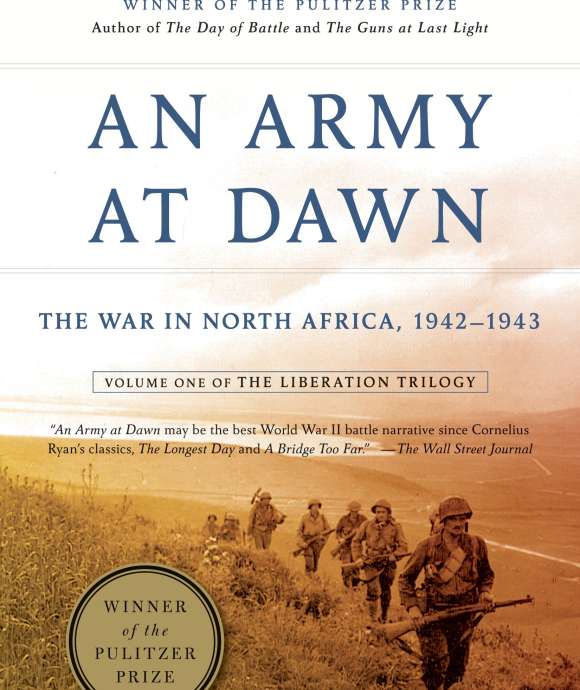
An Army At Dawn
Visit our web-store for a copy of Rick Atkinson’s An Army at Dawn and other great titles. Your purchase supports the educational mission of the Museum.
Ed Lengel, PhD
Edward G. Lengel is the former Senior Director of Programs for the National WWII Museum’s Institute for the Study of War and Democracy.
Cite this article:
MLA Citation:
APA Citation:
Chicago Style Citation:
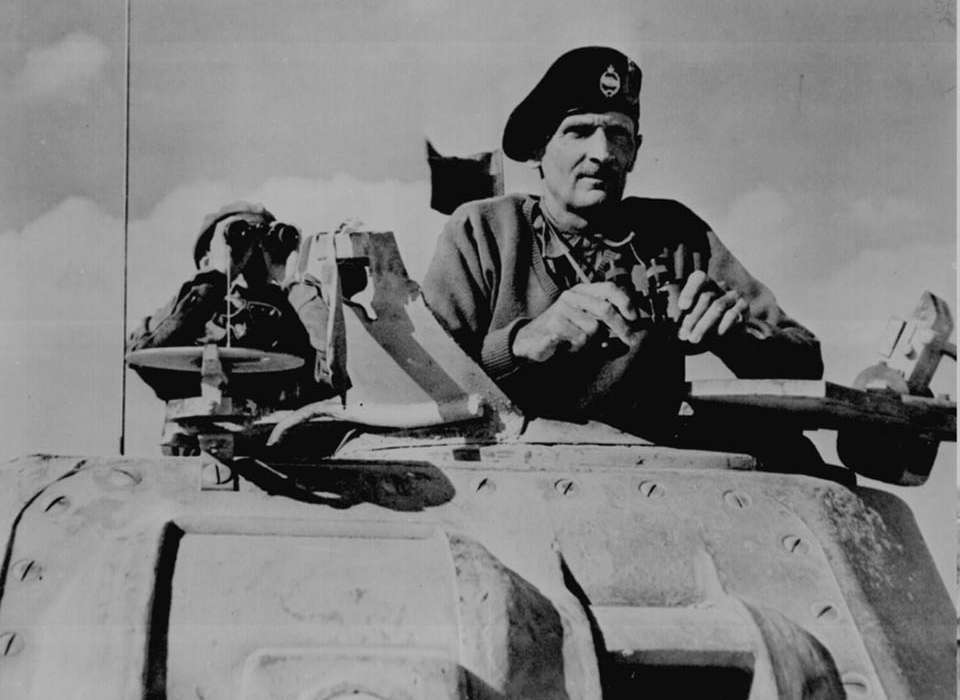
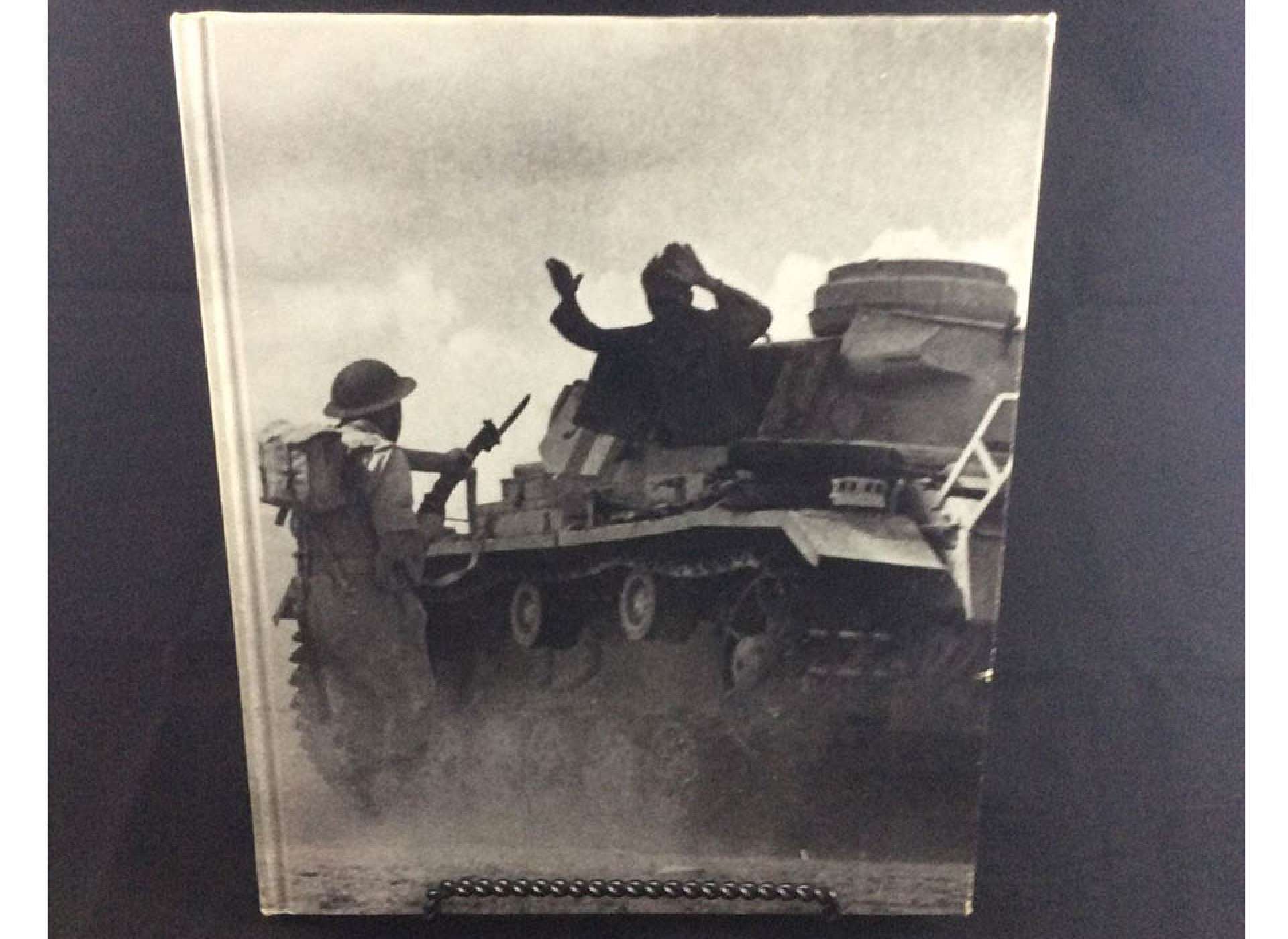
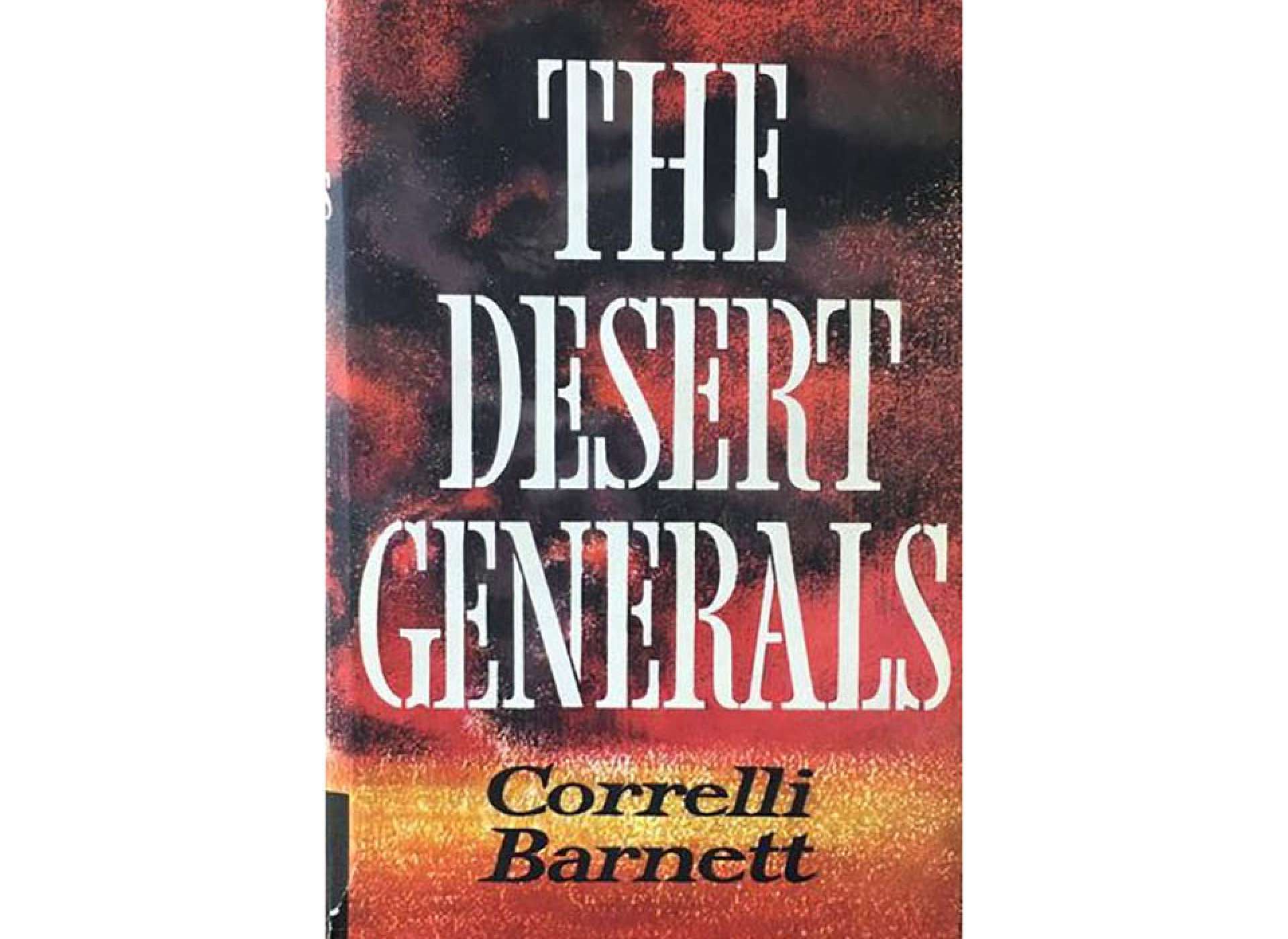
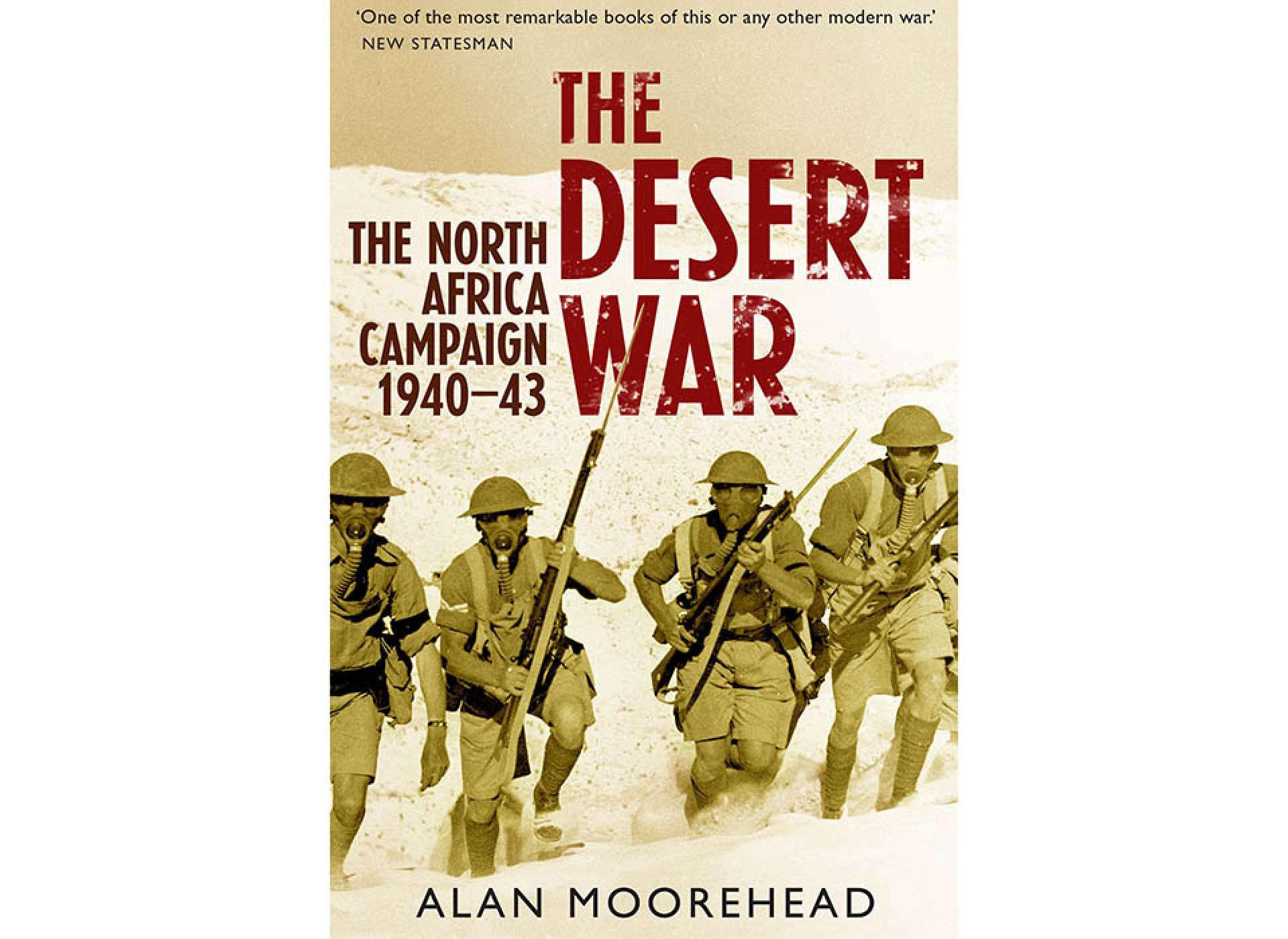
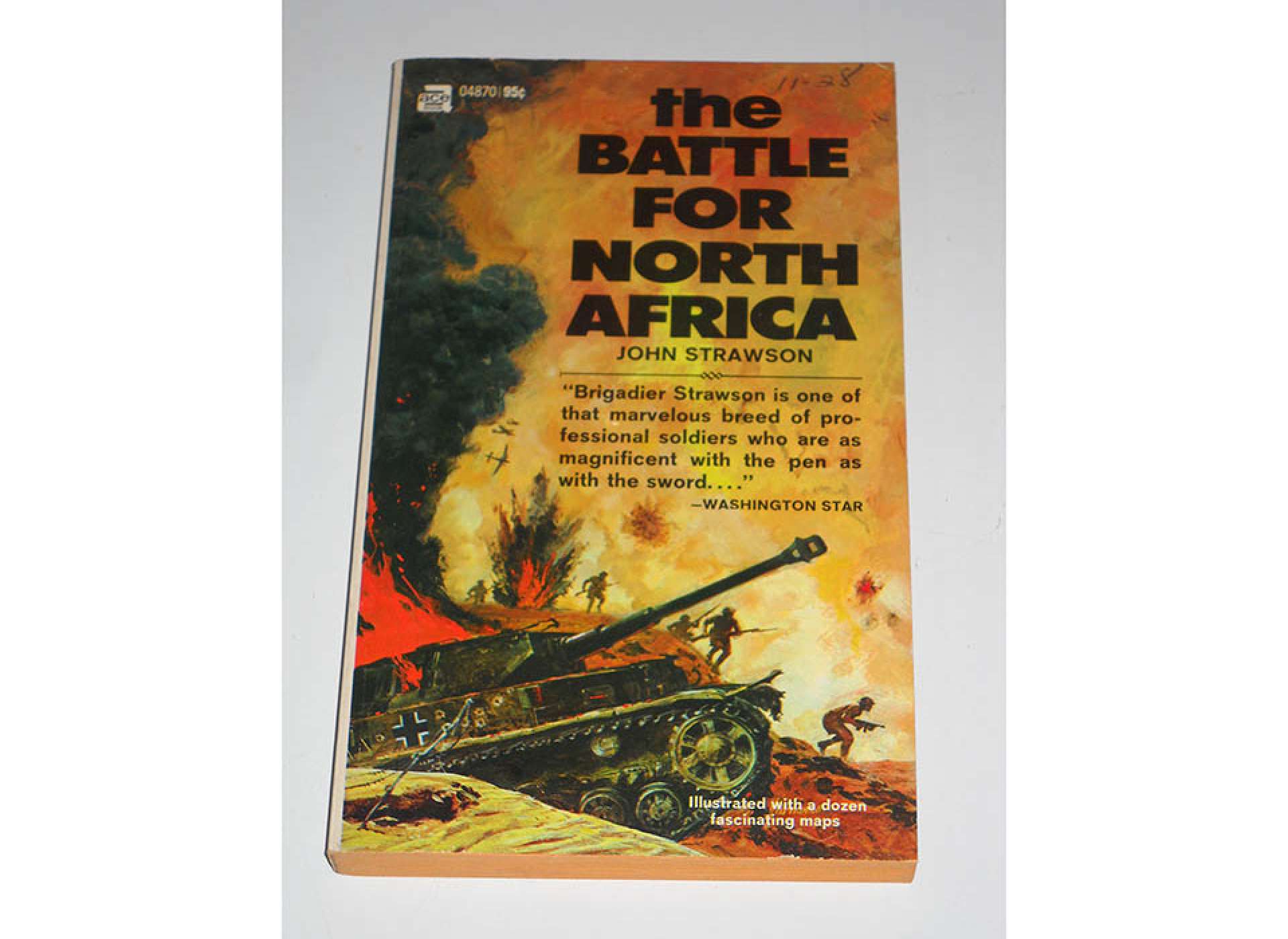
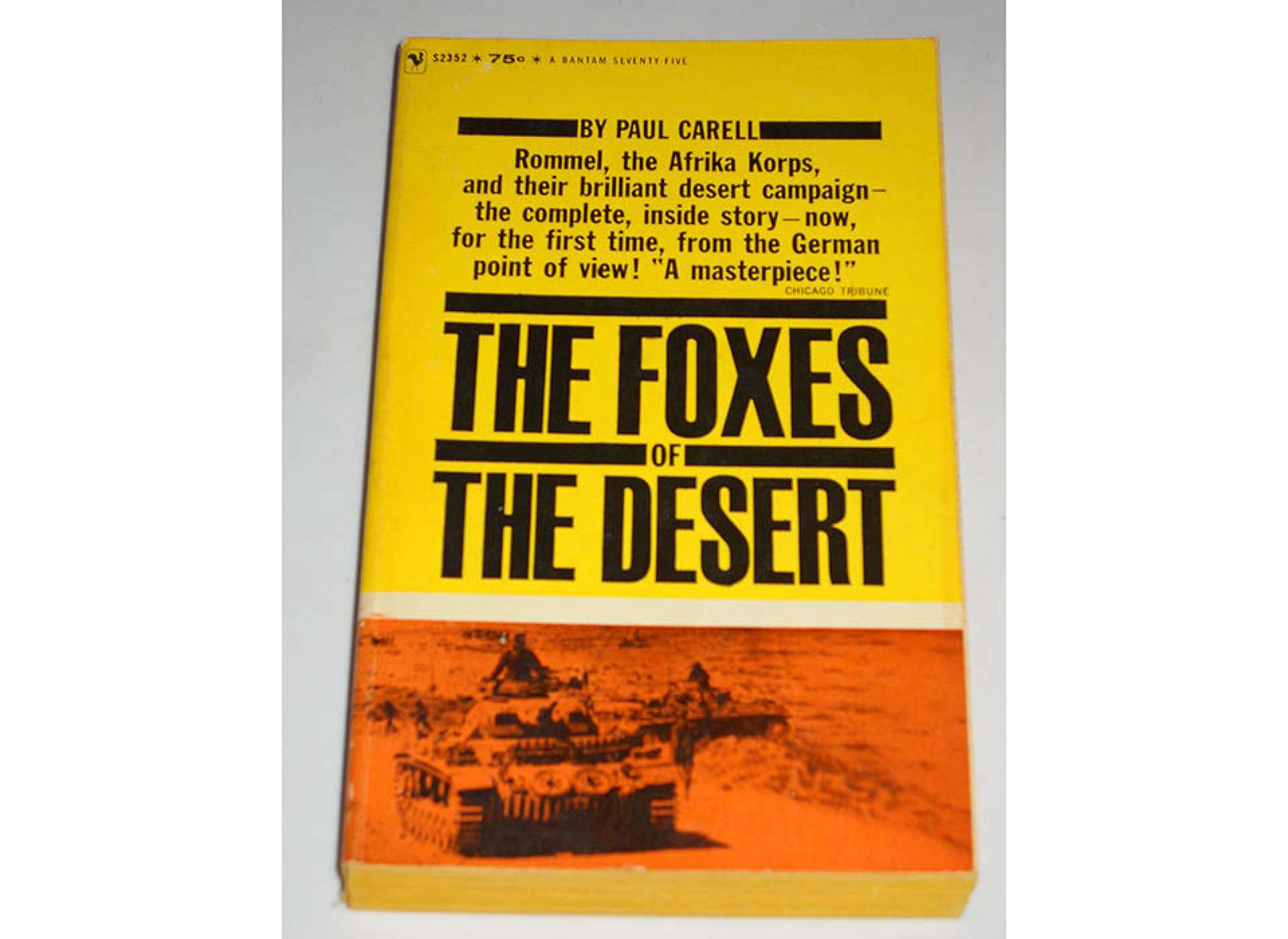
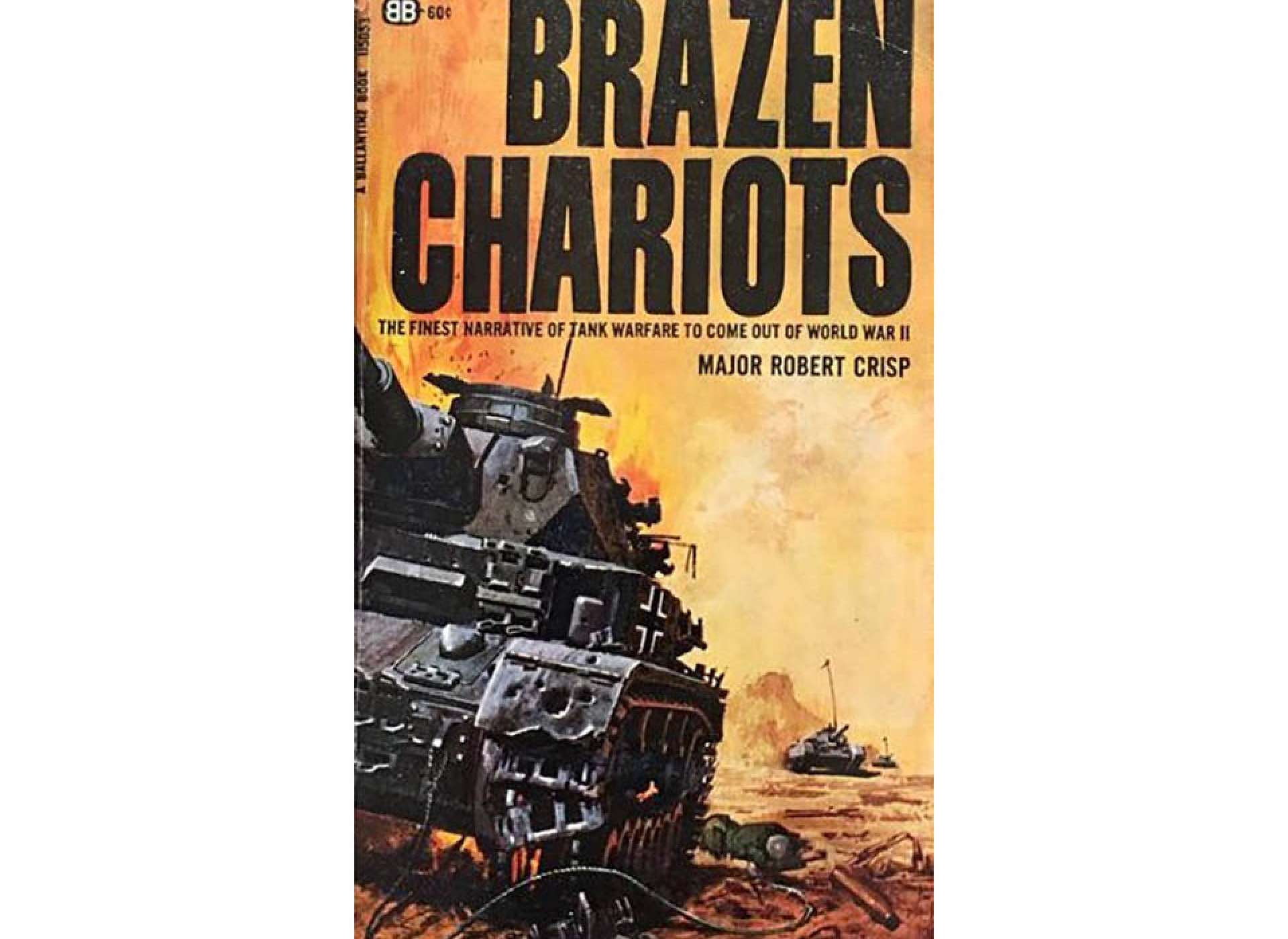
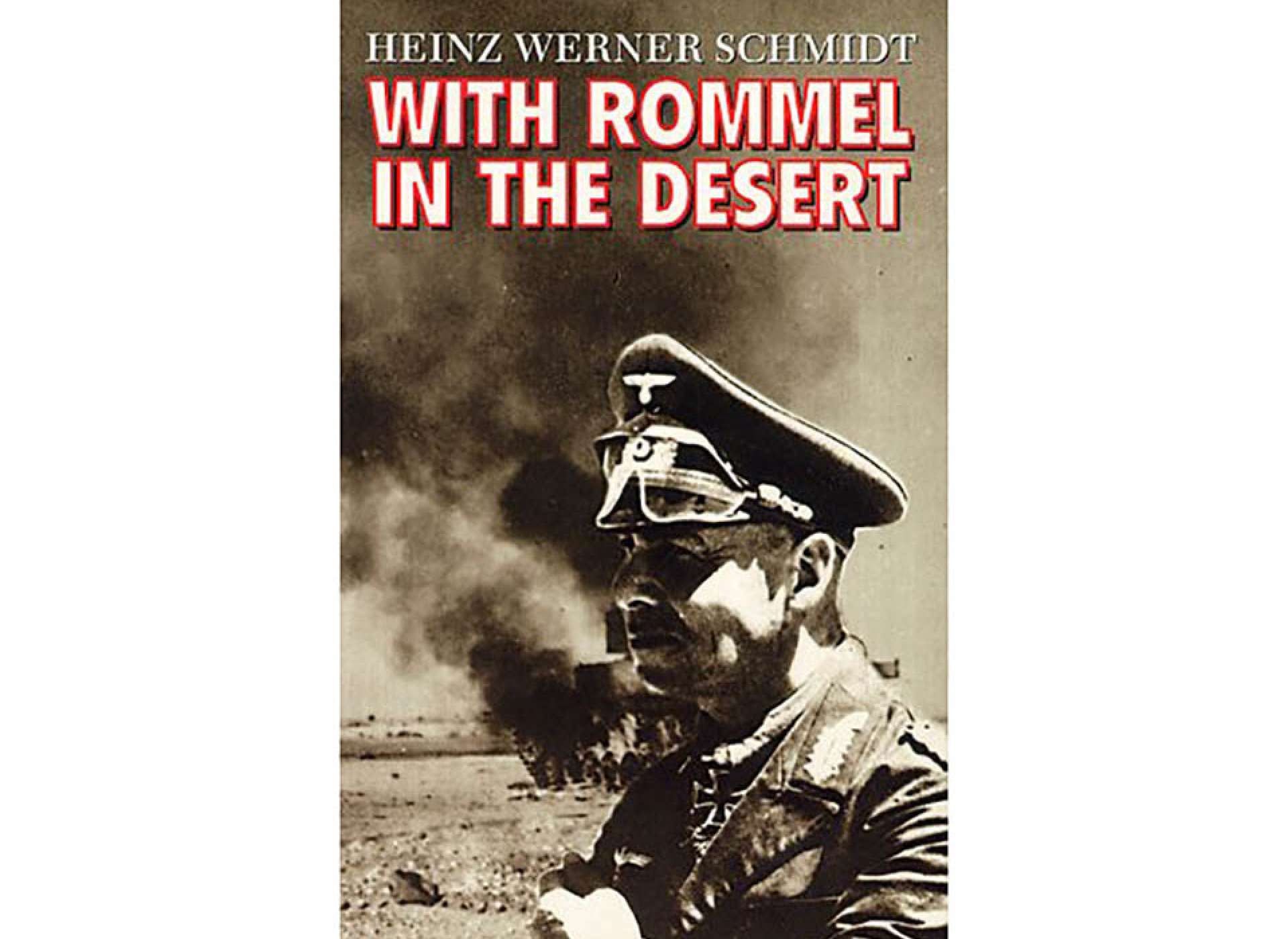
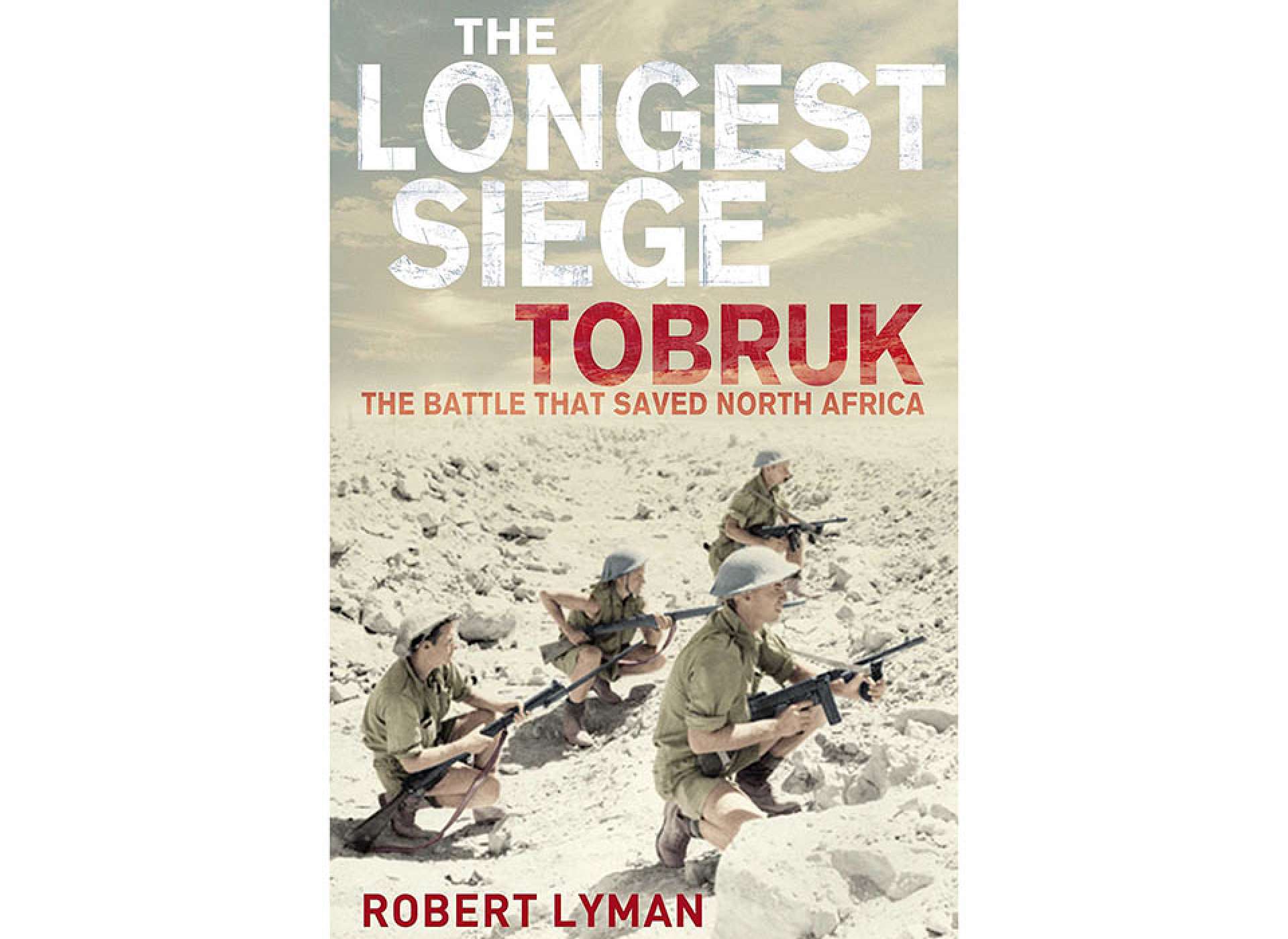
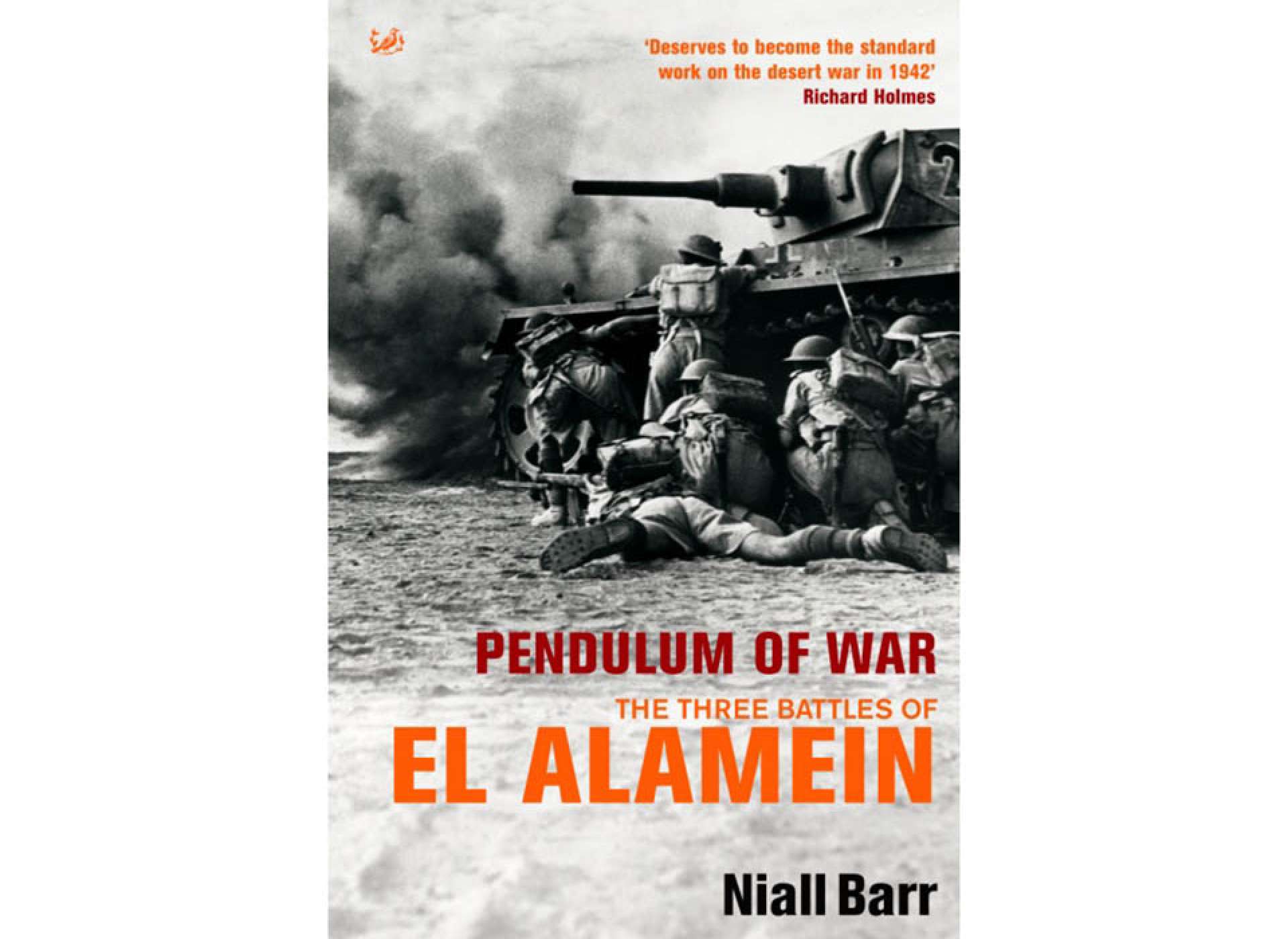
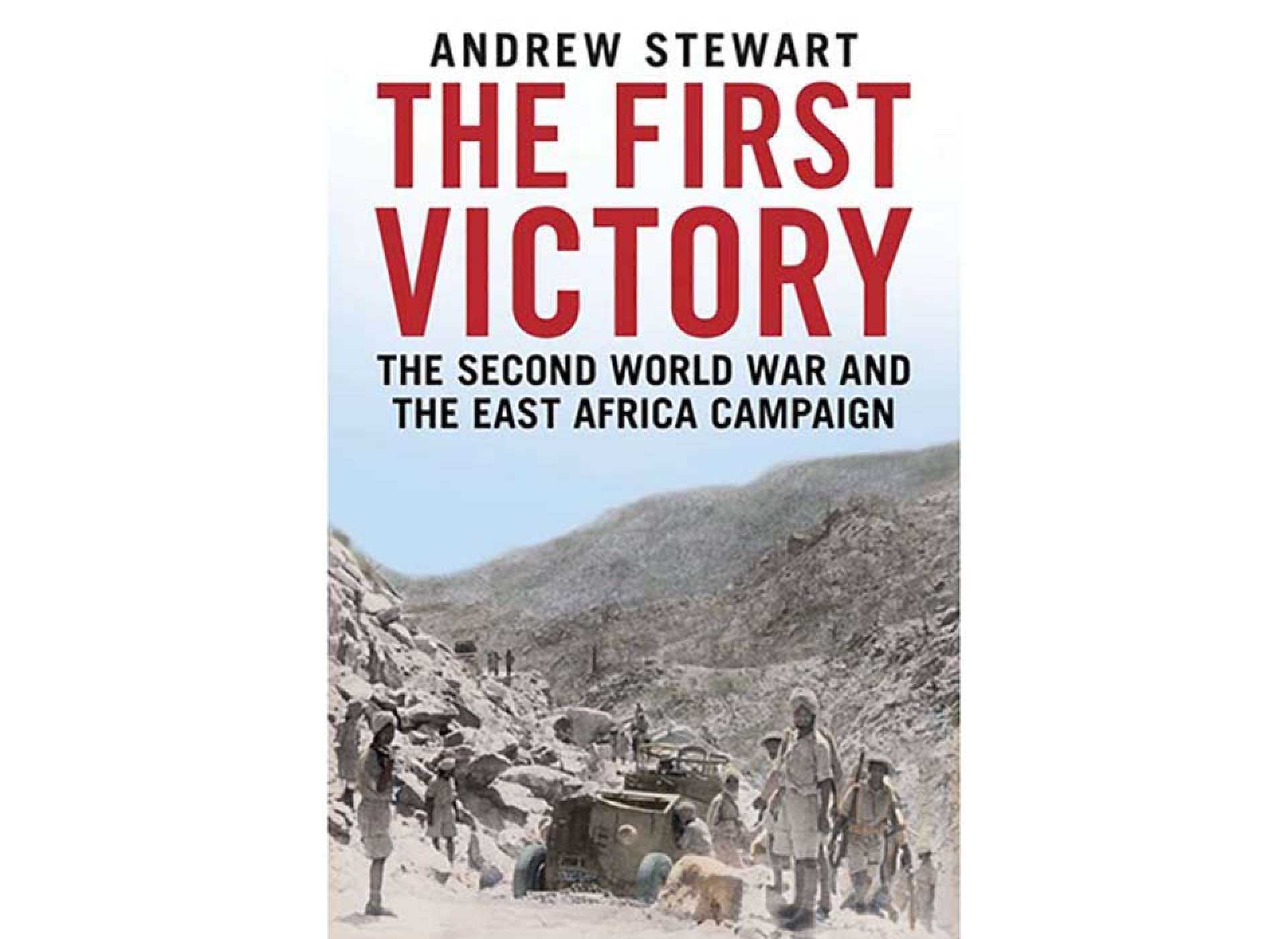
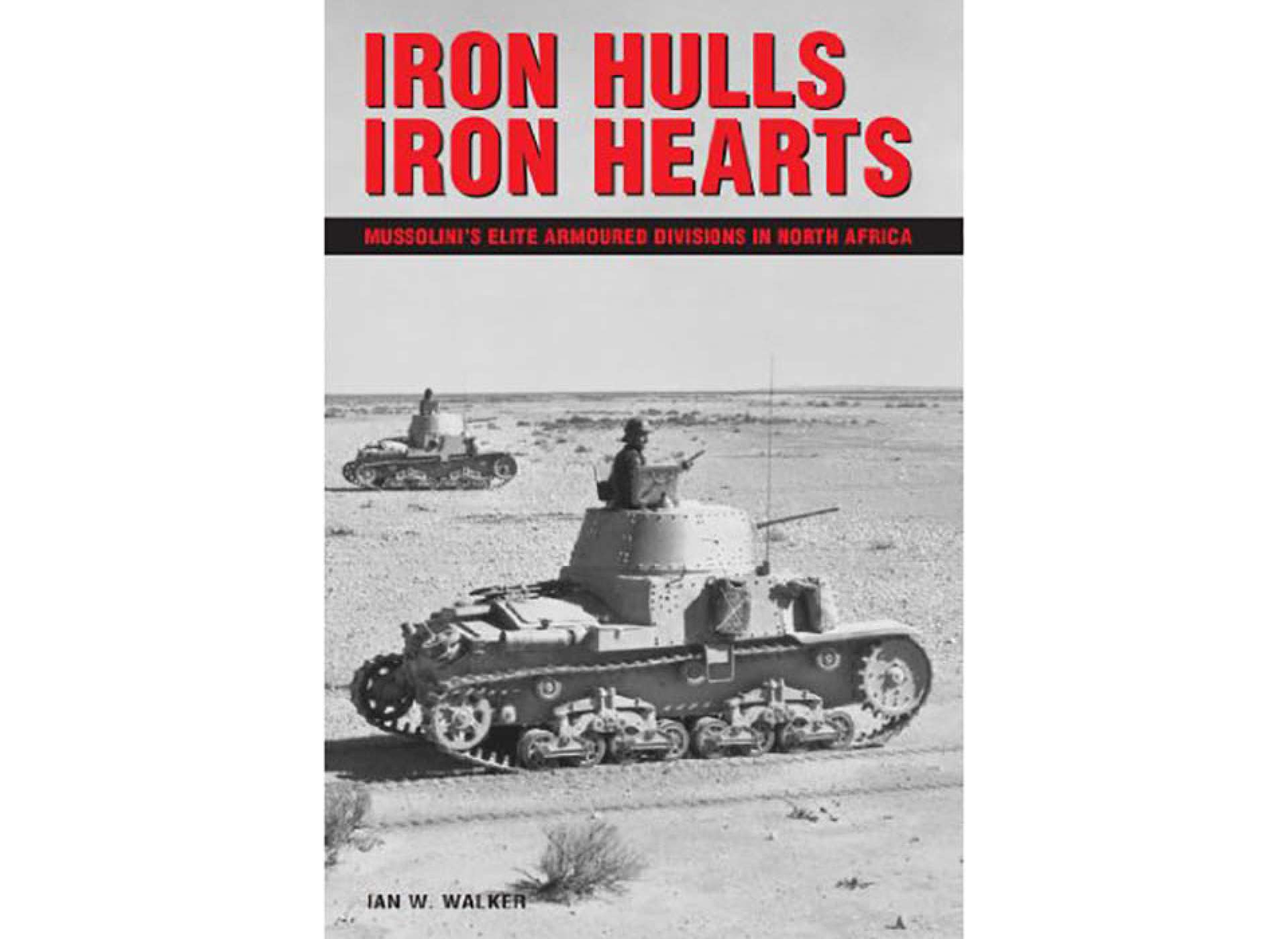




![Max Fuchs, New York City cantor, sings as Rabbi Sydney [sic] Lefkowitz, Richmond, VA, conducts the first Jewish services from Germany.](/sites/default/files/styles/max_650x650/public/2025-10/image1.jpg)



